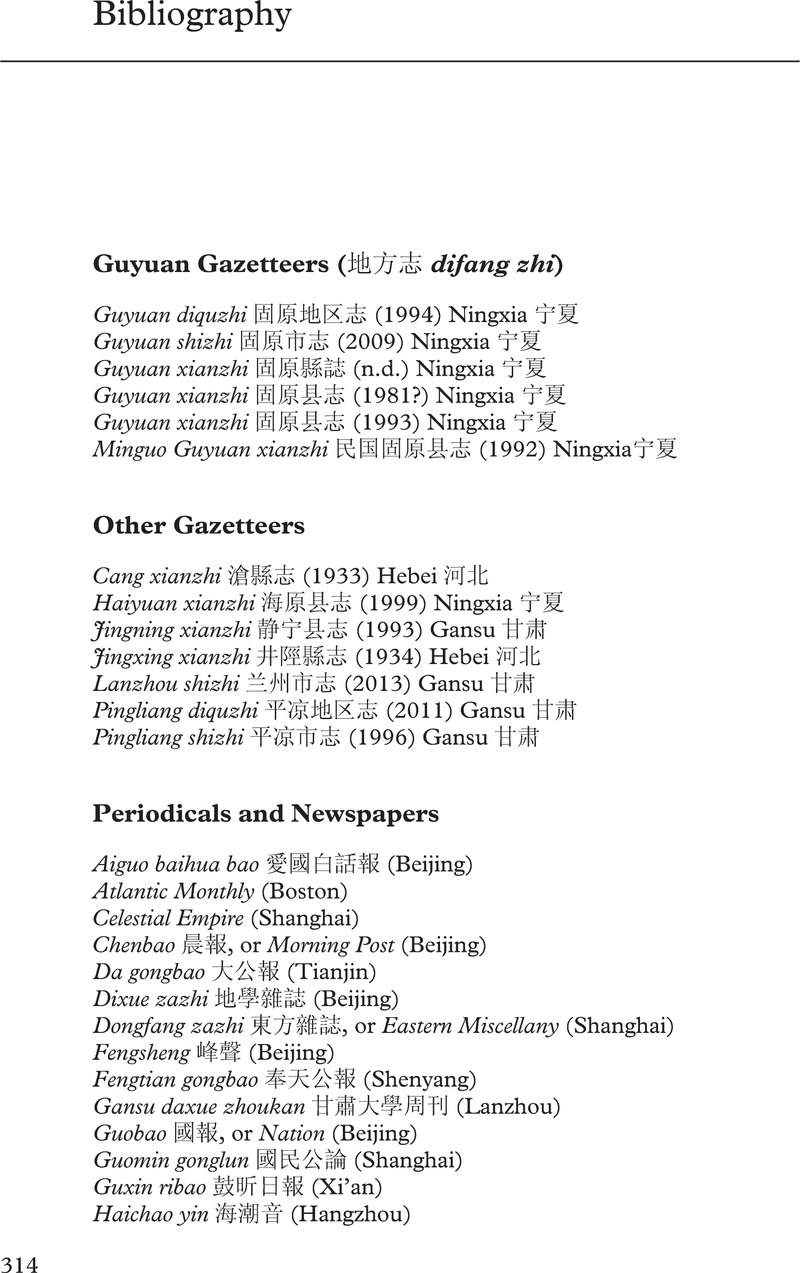Book contents
- Modern Erasures
- Modern Erasures
- Copyright page
- Dedication
- Contents
- Figures and Maps
- Acknowledgments
- Note on the Text
- Introduction
- Part I Seeing and Not Seeing
- Part II Revolutionary Memory in Republican China
- Part III Maoist Narratives in the Forties
- Part IV Politics of Oblivion in the People’s Republic
- Conclusion
- Glossary
- Bibliography
- Index
- References
Bibliography
Published online by Cambridge University Press: 31 March 2022
- Modern Erasures
- Modern Erasures
- Copyright page
- Dedication
- Contents
- Figures and Maps
- Acknowledgments
- Note on the Text
- Introduction
- Part I Seeing and Not Seeing
- Part II Revolutionary Memory in Republican China
- Part III Maoist Narratives in the Forties
- Part IV Politics of Oblivion in the People’s Republic
- Conclusion
- Glossary
- Bibliography
- Index
- References
Summary

- Type
- Chapter
- Information
- Modern ErasuresRevolution, the Civilizing Mission, and the Shaping of China's Past, pp. 314 - 335Publisher: Cambridge University PressPrint publication year: 2022



